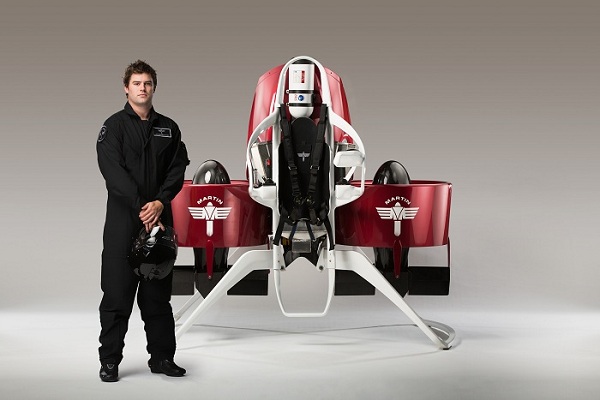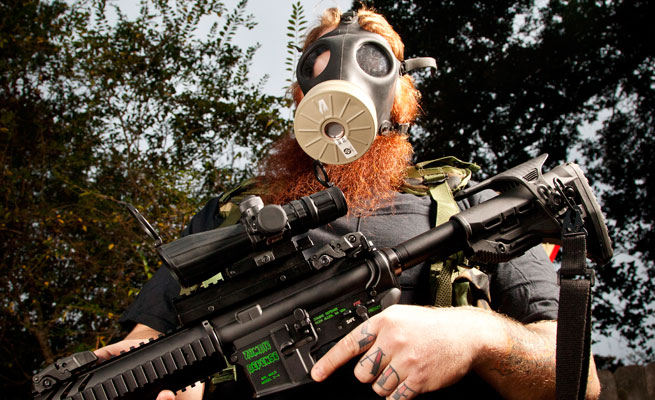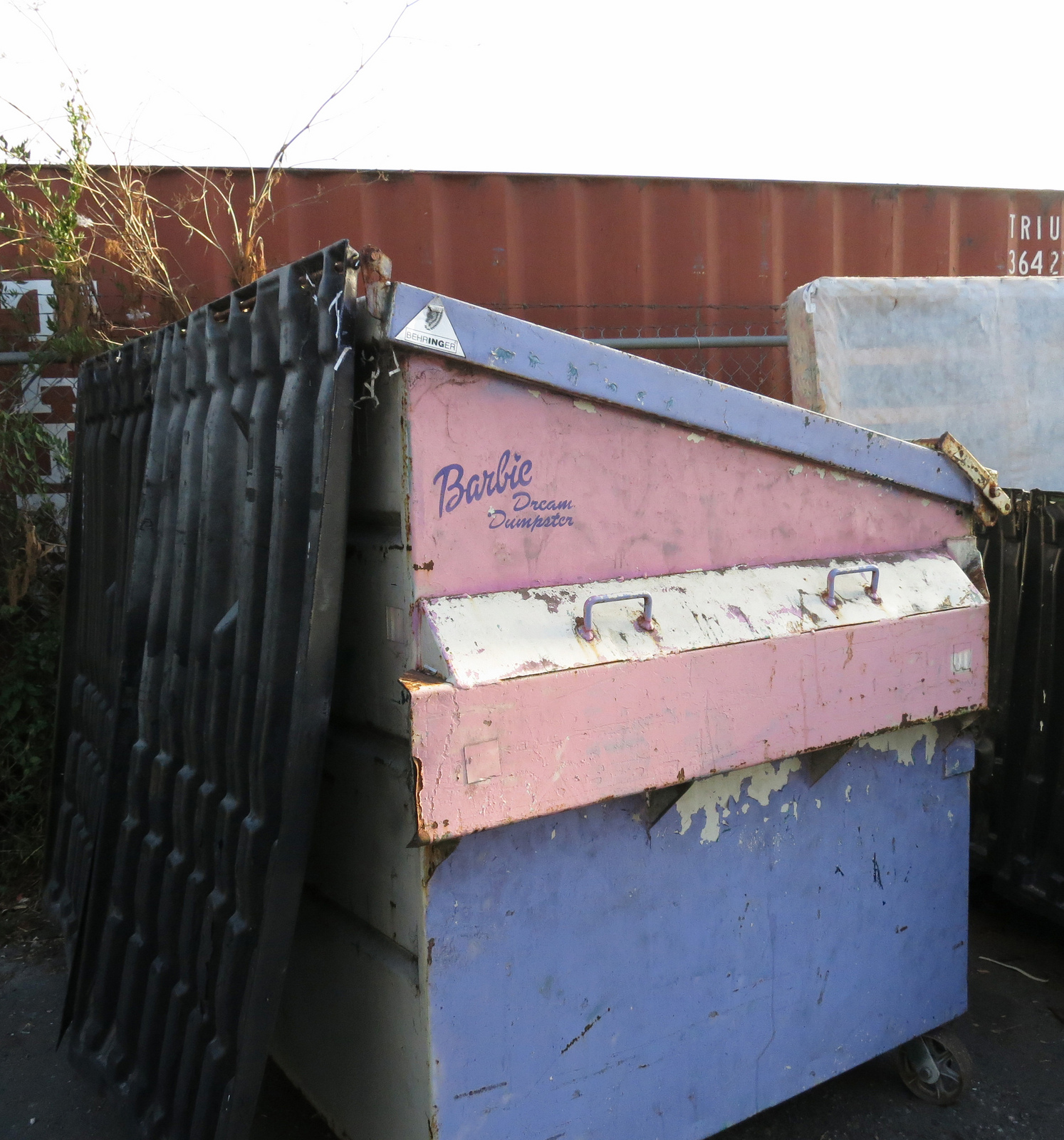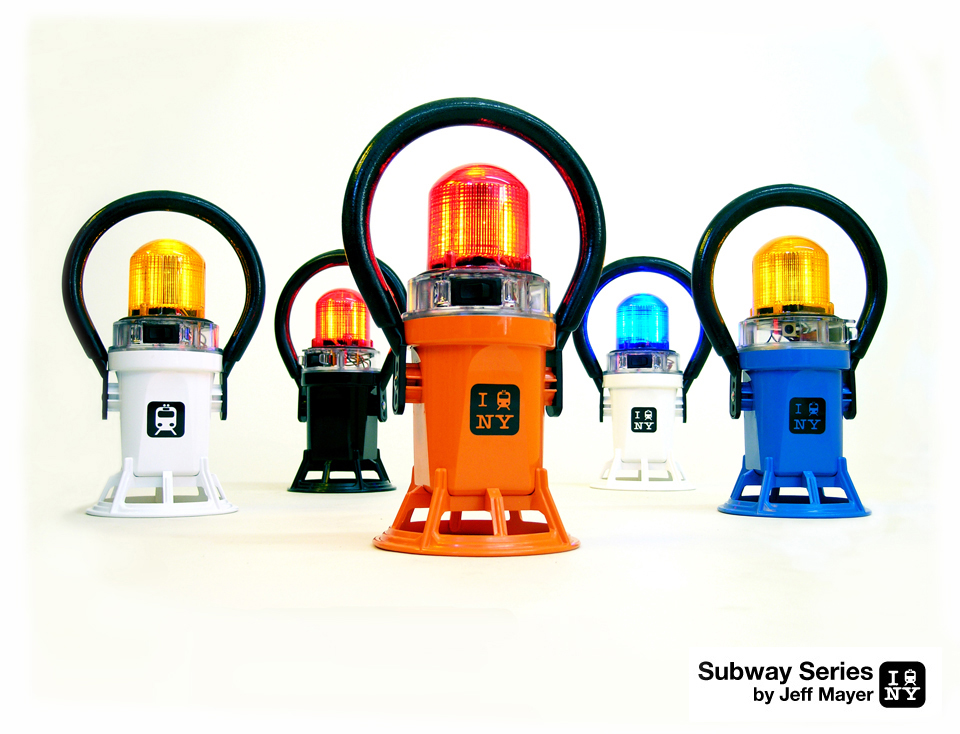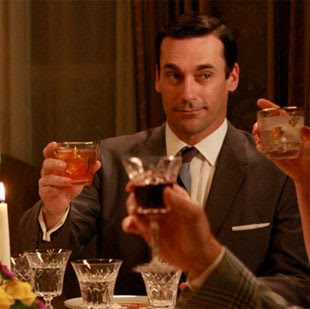
I present to you, the 1991 Clio Awards.
Attendees who had paid the $125 admission price did not have tickets waiting at the door, as promised. Also missing were any Clio officials and Clio President Bill Evans. The event did not start on time; in fact, people stood around drinking, schmoozing, and trading rumors about Evans and the Clio organization for over two hours. Finally, the lights dimmed and the band started playing. A man walked up to the microphone and began to speak. He identified himself as the caterer and announced that the master of ceremonies was a no-show, but that he would give it a shot. It started out well, but after being informed that there was no script and no winners list, he gave up and walked off. A second fellow walked onstage and began talking, but was not a polished speaker; it was obvious that he was inebriated. Print ads were the first awards, and there were transparencies of the winning entries. As each image appeared on screen, the owner of the work was asked to come to the stage, pick up their Clio, and identify themselves and their agency. When the last award in the category was dispensed, the band began playing an interlude, and the emcee began singing. The audience began booing and throwing dinner rolls, and the drunk staggered offstage. Several minutes passed, but no one took his place. As the people began to leave, one man mounted the stage, strode to the table of remaining statuettes, snatched one up, and waved it as he left the stage. Two other individuals claimed their own awards; then suddenly, the stage was stampeded by a feeding frenzy of advertising executives, intent on the Clios that remained.
The event for television commercials, scheduled a few days later, was called off when the Clio Company didn’t come up with cash for the facility’s deposit.
The story behind the 1991 fiasco slowly emerged. Bill Evans began to delegate all responsibility for the Clios to his 11-person Clio staff in 1989. Although he had stopped coming to the office, he continued to spend money at an alarming rate. Bills weren’t being paid, and Evans would not return phone calls from the Clio office. Privately, the staff was worried about Evans’ alleged drug addiction. He was offered loans if he would surrender financial control of the Clios, but he refused. After 3 people were arrested at Evans’ home on drug charges, drug rumors escalated. At the end of April 1991, the Clio Company was broke. After going unpaid for most of May, the staff, which included Evans’ daughter, walked out.
